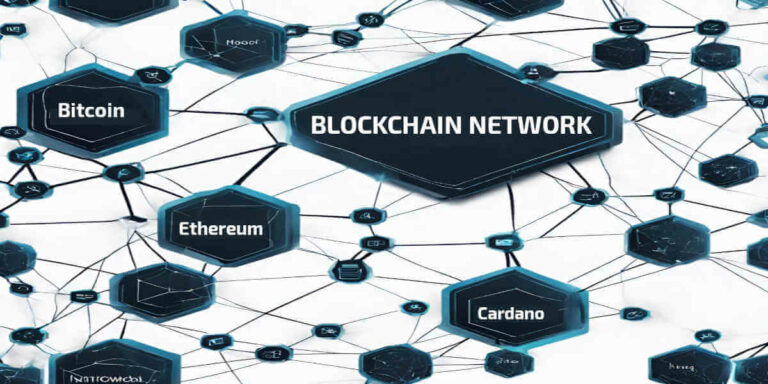
Have you ever thought about how blockchain works? Want to know what’s behind this technology and how it helps different areas? Let’s dive into the world of this amazing technology together!
In this article, we’ll talk about the simple parts of a blockchain network and how it works. We’ll look at the good and bad parts of it, how it’s used in real life, and why it uses a lot of energy. And guess what? We’ll also learn about something cool called “smart contracts” that help make it even better. Plus, we’ll see what makes it different from other computer databases.
So get ready, and let’s explore the world of blockchain networks together!
- 1. Unraveling the Basics of Blockchain Technology
- 2. How does a Blockchain Network work?
- 3. The Infrastructure of a Blockchain Network
- 4. Differentiating Types of Blockchain Networks
- 5. The Intricacies of Blockchain Transactions
- 6. Tracing the History of Blockchain Solutions
- 7. Analyzing the Pros and Cons of Blockchain
- 8. Real-world Applications of Blockchain Networks
- 9. Concerns Related to Energy Consumption in Blockchain
- 10. The Role of Smart Contracts in Blockchain
- 11. Key Components of Blockchain Technology
- 12. How is Blockchain Different from Traditional Databases?
- 13. What Does the Future Hold for Blockchain Networks?
- 14. Conclusion
Unraveling the Basics of Blockchain Technology
Have you heard of blockchain? It’s like a digital notebook that keeps track of online actions within a business network. Instead of having one person in charge, everyone can see and check the notebook. This means it’s safer and harder to change old notes. While many people know it because of digital money like Bitcoin, it can be used in other ways too, like tracking where products come from. Imagine a group of friends working together, where everyone can see and agree on what happens. That’s how blockchain works! It’s a new way of doing things online, and many believe it’s the future. Welcome to the world of cool tech!
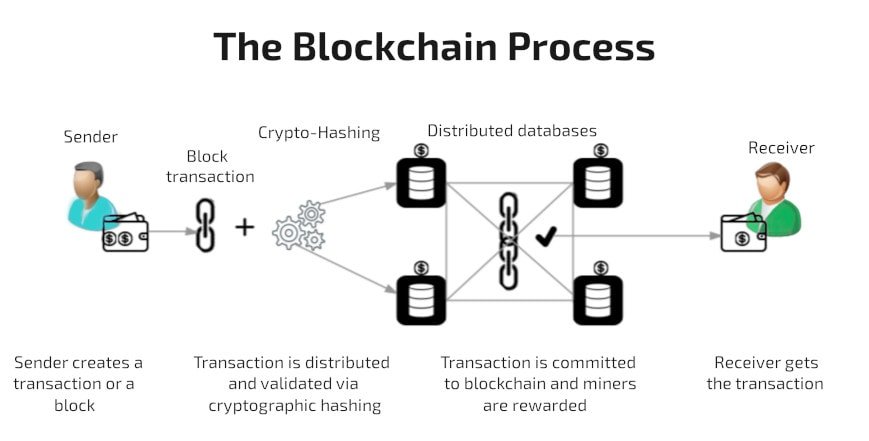
Share this Image on Your Site:
Definition and Overview of a Blockchain System
A blockchain safely writes down trades or exchanges made online using digital currency a wallet. But what is a blockchain wallet? It’s like a digital purse. It safely stores digital money called cryptocurrencies. Each wallet has a unique address, like a house number, to receive or send money. Everything is secure and recorded on a digital ledger.
Just like when we make sure a secret message is safe by using a code, this technology uses special codes to make sure the info is safe. Plus, everyone using it agrees on what’s written down, so it’s trusted. People started talking about blockchain in 2008 thanks to someone named Satoshi Nakamoto introduced a white paper. Imagine this as a chain of digital boxes, and each box has a list of these trades. Cool, right?
The Increasing Popularity of Block Chaining
Imagine blockchain as a special kind of digital notebook where everyone can write but no one can erase it. Different types of information are stored in different blocks. In a network of computers (nodes) where everyone has the same database (ledger), all this information (blocks) comes back together in chains. This is why people also talk about block chaining.
All this makes it safe and trustworthy, making it an important emerging technology in an increasingly digital world. Mostly, people use it for money matters, but it can be used for other things too, like tracking where your online orders come from. What’s cool is that blockchain can save time and money because it doesn’t need a middleman, like a bank or central authority, and offers security, transparency, and trust between the entire network of users. Also, when people use this system, they can get small rewards. So, many people are excited about it and think it’s going to be a big deal in the future.
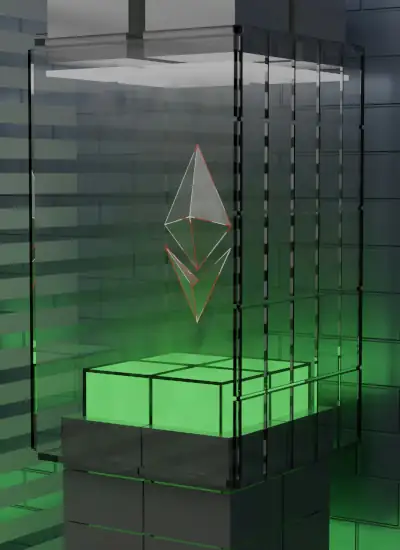
Unlock Your Business Potential with Certified Blockchain Consulting!
Dive into the future of technology with our team of certified blockchain experts. Simply pick the service you need:
Personalized Advice – tailored to your business needs.
Comprehensive Training – for you and your team.
Development Services – innovative solutions from the whitepaper to the finished blockchain.
Programming – with capabilities and tools to succeed.
TALK TO THE EXPERTS TODAYHow does a Blockchain Network work?
A blockchain is like a digital ledger. It records transactions in blocks that are linked and secured. Once added, data can’t be easily changed. Multiple computers verify and agree on each transaction. This makes it safe and transparent.

Share this Image on Your Site:
The Infrastructure of a Blockchain Network
Imagine a digital chain of blocks where each block holds a bunch of information. This chain is special because it’s not controlled by just one person or company; lots of network participants help check and add to it. This makes sure everything on it is correct and honest. Just like when you play a game and everyone agrees on the rules, a blockchain platform network has ways to make sure everyone agrees on the information. Because of this, people can use this technology to share and trade things without worrying. Cool, right?
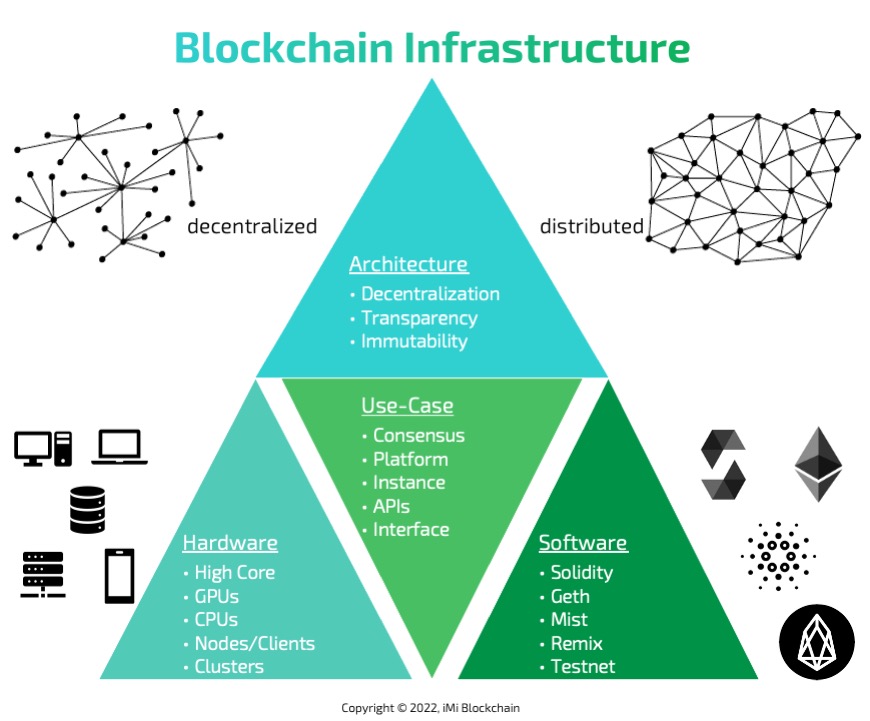
Share this Image on Your Site:
Blocks and their Significance
Each block has a list of trades or deals and connects to the block before it. This makes a long chain of blocks that contain important transaction data. To keep the information safe, they use something like a secret code. When someone wants to add a new block, they need to solve a puzzle on a computer. This puzzle makes sure the blocks are hard to change or mess with. Some of the ways to solve the puzzle are called “proof of work” or “proof of stake.” These methods help keep the blockchain network safe and trusted. By knowing how important blocks are, we can see why many people believe in the safety of this technology.
The Role of Decentralization in Blockchain
If we don’t rely on just one person or company to work with we can be faster and save money. This idea is called “decentralization.” Instead of having one main leader, a blockchain system, which is a decentralized network, lets many people help check and confirm details. Think of it like a group project where everyone gets a say. This way, things are more open, safer, and faster. Plus, everyone in the group can make sure the info is right, so there’s less chance of mistakes. It’s like having many friends double-check your homework! This teamwork approach helps everyone feel in charge of their own info and lets them work together without needing a main boss. This is what makes it special and powerful.
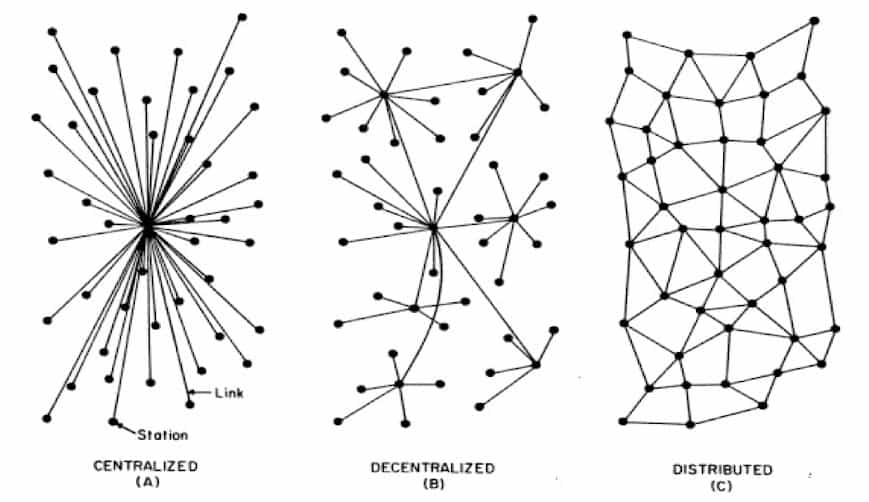
Understanding Hard Forks
Imagine a long chain of blocks, like a toy train where each car is a block. Sometimes, people using the train want to change its design. A “hard fork” is like splitting that train into two different trains. This can happen for many reasons, like wanting new features on the train or if the people can’t agree on something. When this split happens, we sometimes get a new toy train (which is like a new type of digital money). Both the old and new trains can still run on their tracks. Some people might prefer one train over the other, and sometimes these choices can cause disagreements. But these changes can also make the trains better or fix problems with them.
Differentiating Types of Blockchain Networks
Some blockchains, like the one used for Bitcoin, let anyone join and see what’s happening. Others only let certain people in, like a private blockchain hosted by the Linux Foundation. Businesses can choose the type they like based on what they need and can learn more by downloading the IBM Platform. So, just like picking the right tool for a job, they pick the right type of technology.
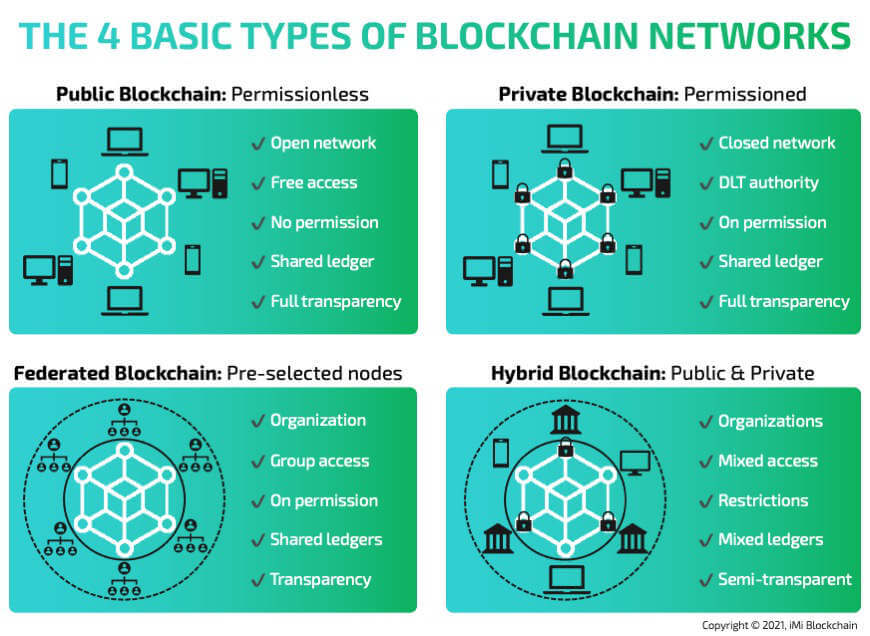
Share this Image on Your Site:
Public Blockchain Network
Public blockchains, like the one Bitcoin uses, are like big digital ledgers that everyone can see and add to. Think of them like a big online book where people can write notes, but once a note is added, it can’t be changed. Anyone can join in and help make sure the notes are right. To make sure everyone agrees on which notes should be added, they use methods like “proof of work”.
One of the cool things about public blockchains is that they are clear for everyone to see, safe from tampering, and don’t change. These networks use digital money, like Bitcoin, and offer economic incentives for those who secure them. Instead of needing a bank to check every money exchange, this online book system lets people trade their digital money directly with others.
Private Blockchain Network
Ever heard of a “private blockchain”? It’s like a special club where only certain groups or companies can join. Just like some clubs have leaders, these networks have someone in charge, which makes things happen quicker. This kind of setup works great in businesses where keeping secrets is important, like when making stuff and sending it to stores. The cool thing about this private club? It cuts out the middleman. So instead of passing a note through a bunch of friends before it gets to you, it’s like passing it directly to you. Plus, with more and more gadgets connecting online, private blockchains help keep things safe and fast with access restrictions.
Consortium Blockchain Network
Ever wonder how some groups share info without everyone else peeking? They use something called consortium blockchains. Think of it like a special club that only certain people can join. Inside this club, everyone can see what’s happening, making things clear and trustworthy. There’s no big boss in charge; instead, a group of organizations comes together to create and operate the network, rather than a single entity. Since it’s a special club, not just anyone can get in, keeping important info safe. This way, businesses can work smoothly, share details easily, and still have control over their stuff. So, consortium blockchains are like a secret club that helps groups work better together!
Hybrid Blockchains
Think of hybrid blockchains as a mix of public and private networks. They let groups keep their data secret while still using some cool public features. With these networks, groups can pick what data they want to share and with whom. This is great because it keeps certain information private. Plus, they work well with other systems. Imagine a place that needs to show some info but keep other info secret. That’s where hybrid blockchains come in handy. They use the best parts of both network types.

Unlock Your Crypto Potential: Become a Market Maverick with Expert Coaching!
Are you ready to dive into cryptocurrency but need some advice? With our personalized 1:1 coaching, you’ll learn to:
Understand – the fundamentals of cryptos and how they impact value.
Navigate – through the volatile crypto market with confidence.
Identify – new lucrative opportunities that maximize returns.
Manage – exchanges and risk to protect your investments.
BOOK EXPERT COACHING NOWThe Intricacies of Blockchain Transactions
Blockchain is like a public diary that is open for everyone to see, so everything is transparent. There’s also something called “smart contracts” that automatically makes sure trades or exchanges happen correctly without needing someone in the middle to help. This means things can get done faster and cheaper because there’s no middleman. So, in a blockchain network with a shared ledger, people can trade or share things directly with each other without needing a big company or computer in the middle. Cool, right?
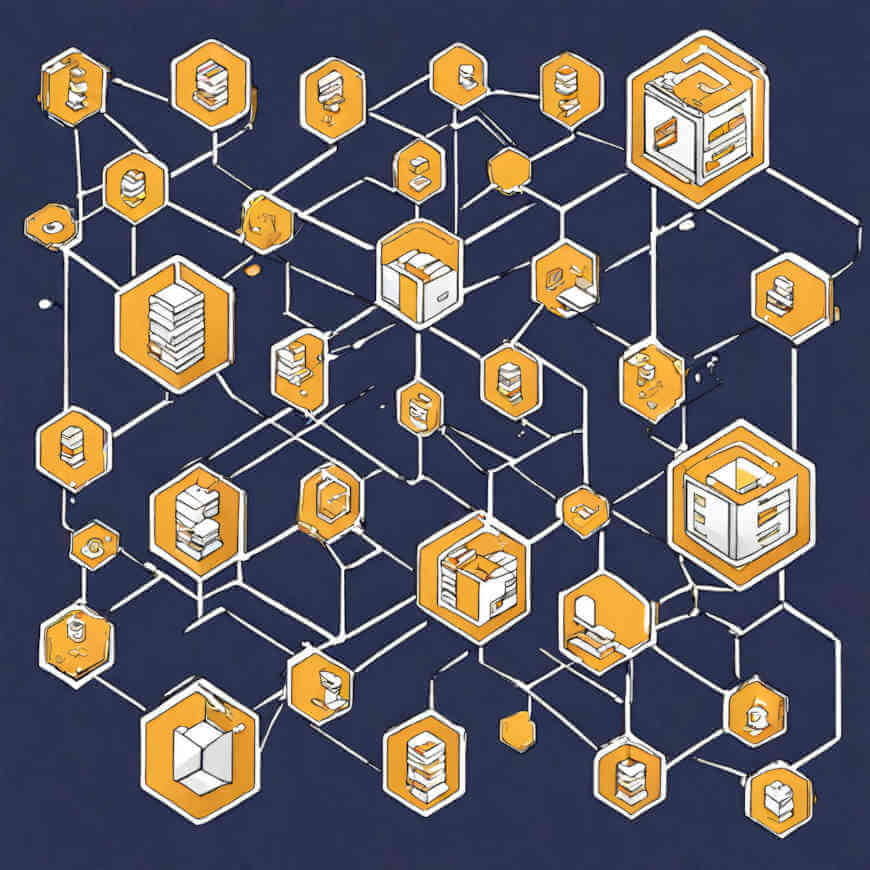
Share this Image on Your Site:
Hash Encryptions and its Importance
Ever wondered how blockchains keep their information safe? They use something called “hash encryptions”. Think of these like secret codes. When information gets turned into these codes using special functions, it’s hard for anyone to mess with it. Just like how our fingerprints are unique to us, these codes act like digital fingerprints for data. This way, people can quickly check if the information is real or fake. By using these codes, this technology can make sure no one changes the information without permission. It’s like a protective shield for all the data in the system. Cool, right?
An Insight into Proof of Work
Ever wonder which transactions are legit? It uses a system called “proof of work.” Imagine it like a race where people, called miners, solve math problems on their computers. The first one to solve it gets to add the next set of transactions to the blockchain, eliminating the need for a trusted authority or central server. This system stops people from cheating and spending the same digital coin twice. But, there’s a downside: it uses a lot of energy. So, people are thinking about other ways to keep the system honest without using so much power. Bitcoin was the first to use this method, and it’s a big reason we can trust this technology today.

Share this Image on Your Site:
The Concept of Mining
Ever wondered how a blockchain network keeps track of everything safely? It’s all thanks to a process called “mining.” Think of mining like a big puzzle. Miners, or people with powerful computers, work to solve these puzzles on the public Bitcoin network. When they solve one, they make sure everyone’s trades or “transactions” are legit and safe. They also help keep the whole system fair and open so no single person is in charge. For their hard work, miners get rewards, like a bit of cryptocurrency. So, mining is like a team game where everyone works together to keep the blockchain solution safe and running smoothly. Cool, right?
Tracing the History of Blockchain Solutions
In 2008, a person named Satoshi Nakamoto talked about the blockchain solution in a white paper. This idea helped create Bitcoin, a new kind of digital money. Because of Bitcoin, more people started to learn about this technology, including its original creators Stuart Haber and W. Scott Stornetta. Soon, they found out that a blockchain network can do more than just handle money. It can help track things in stores and make agreements without needing paper. Many businesses saw how useful it could be and started to use it. Today, this technology is a cool new tool that can change the way we do a lot of things and serve as a public ledger to track transactions on the network, helping many people.

Share this Image on Your Site:
Analyzing the Pros and Cons of Blockchain
Ever wonder how some online systems keep things safe and open for everyone? That’s where a blockchain network comes in. It’s like a digital diary that many people can use at once, but no one can cheat or change what’s been written. It’s great because it helps businesses stay honest and save money. But, just like anything, it’s not perfect.
There are some things, like using a lot of electricity or figuring out how to fit more information, that need to be fixed. Even with these issues, many believe that using a blockchain protocol can change the way we do things online. By using a blockchain network, businesses can be a part of a group where everyone shares and checks on each other without needing a main leader. We’re excited to see all the cool ways it might change the world!
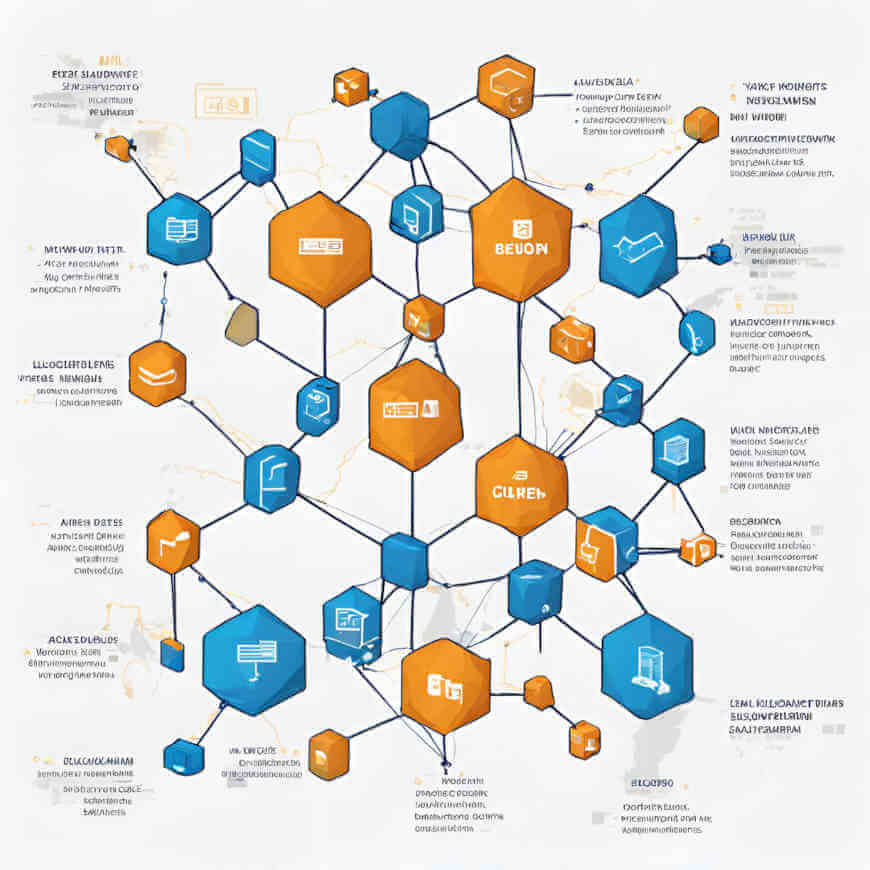
Share this Image on Your Site:
Advantages
Ever wondered about a special kind of tech that keeps data safe and lets people trust it? It’s called blockchain! Imagine a chain of blocks where each block has important info that everyone can see, but no one can change. This way, everyone knows what’s going on and can trust it. And the best part? We don’t need middlemen, like banks, which means things get done faster and cheaper. Plus, there’s something called smart contracts that make sure deals are done right without mistakes. Not just for money stuff, this tech helps in other areas too like tracking products, health records, and even buying houses. In short, it’s like a big group trust circle where everyone plays fair and everything’s out in the open. Cool, right?
Challenges
Ever wondered why some blockchain networks work better than others? Imagine it as a big digital chain made of blocks (like digital Lego!). Some blocks can hold more, and some move faster. But if they move too fast, they might use a lot of power, which isn’t good for the planet. Plus, making sure these blocks follow the rules is important. Some smart people need to figure out how to make these blocks fit well with old systems and new ones. They also need to understand all the tricky parts of this technology. And just like we have rules in school and sports, a blockchain network needs rules too. So, people are working hard to make sure everything runs smoothly and safely.
Real-world Applications of Blockchain Networks
Ever wonder about the cool tech behind digital money and online contracts? That’s called blockchain! Think of it like a special kind of online notebook where everyone can see what’s written but can’t cheat or change what’s already there. People and businesses like it because it’s safe and can’t be easily tricked. Instead of needing someone in the middle, like a bank, to say a deal is good, this tech does it for everyone to see. It’s being used in things like online money, making sure products are real, and even in-house deals. Because it’s open but secure, many businesses think it’s the future of doing deals online.
In Finance
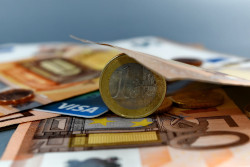
When someone sends or receives digital money, everyone can see it happen on the Bitcoin blockchain network. But, don’t worry! They can’t see personal details, just the transaction fees. This means no one person or company is in charge, making it more open and fair. With this technology, sending money costs less and happens faster, without the need for a traditional bank account. Plus, it’s hard for hackers to mess with because everyone is watching. By using a blockchain network, we can have an online money system that’s safer, faster, and more open for everyone.
In Supply Chain

Ever wonder how some products are tracked from start to finish? A blockchain network is like a digital notebook that keeps a list of all steps a product goes through. This helps everyone see where a product comes from and where it goes, making it an essential tool in supply chain management. It’s like following a pizza’s journey from the farm to your table. With the use of blockchain, people can quickly share and see this information, which helps prevent mistakes or fake products. This makes buying and selling things smoother and helps customers trust what they buy. Imagine knowing your new sneakers or toy came from a good place! A blockchain network can make our shopping world clearer and better.
Other Noteworthy Uses
Imagine a big notebook where every time you write something, everyone can see it but no one can erase or change it. That’s how blockchain works! Originally, people used it for money stuff like Bitcoin, but now it is also being utilized for other noteworthy uses such as maintaining secure and decentralized records of financial transactions through distributed ledger technology.
Doctors are using it to keep patient information safe. Energy companies are looking into how they can use it to share electricity between people. Some governments think blockchain could make things like voting or keeping track of official records better. It’s also being used in things like buying houses, proving who you are online, protecting creative works, and even building a new kind of internet. It’s exciting to think about all the ways blockchain can be used in the future, including initiatives in the United States and other Western countries, where a group of people can benefit from its secure and transparent technology.
Concerns Related to Energy Consumption in Blockchain
Have you heard that the blockchain system uses a lot of electricity? Especially the big public ones. This is because of the way they make sure everyone agrees, which is called “proof of work”. It needs a lot of computer power and that uses a lot of energy. But, good news! People are trying to find other ways to do this that don’t use as much energy. Some ideas are “proof of stake” and “layer 2 protocols”. Everyone in the tech world wants to make it better and use less energy, and they’re working hard on it!
The Role of Smart Contracts in Blockchain
Smart contracts are like special rules set up on the blockchain network. Think of them like computer programs that run when certain conditions are met. They help make things run smoothly and can even cut out the middleman, like not needing a bank to confirm you paid someone. This saves time and money. These contracts can be used in many areas, like banking or keeping track of products. They make things fair, solve problems, and help businesses work better. With smart contracts, blockchain can do even cooler things and change how some businesses work.
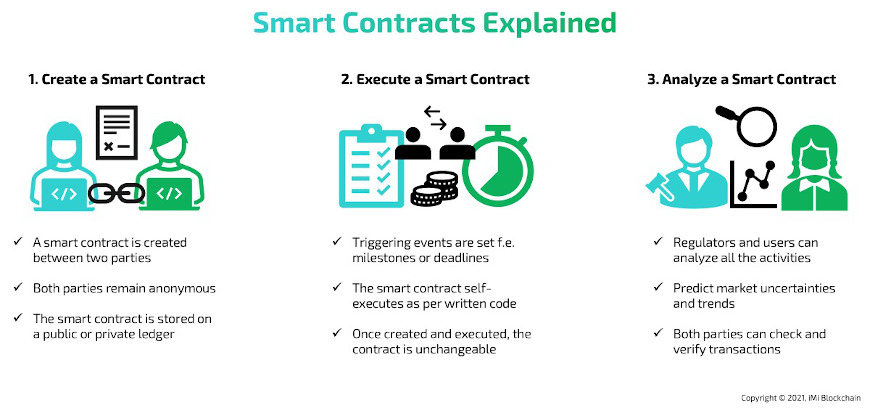
Share this Image on Your Site:
Definition and Functionality of Smart Contracts
Smart contracts are like digital deals. They work by themselves when certain things happen. Imagine setting up rules in a game – if this happens, then that should follow. That’s how smart contracts work. They use blockchain, so they’re safe and can’t be changed easily. The best part? Smart contracts, also known as legal contracts, let people make deals without needing a middleman. They’re fast, make fewer mistakes, and can change the way we make agreements in the future.
The Impact of Smart Contracts on Blockchain Efficiency
Think of smart contracts like rules on a computer. These rules help make things work faster and better on a blockchain network. With smart contracts, things get done automatically without waiting or extra costs. They make sure everyone agrees on the rules, so there’s no arguing later. Because of these, people can trust the system more and see what’s happening instantly. In short, smart contracts, which eliminate the need for a trusted third party, help the blockchain solution work smoothly and quickly.
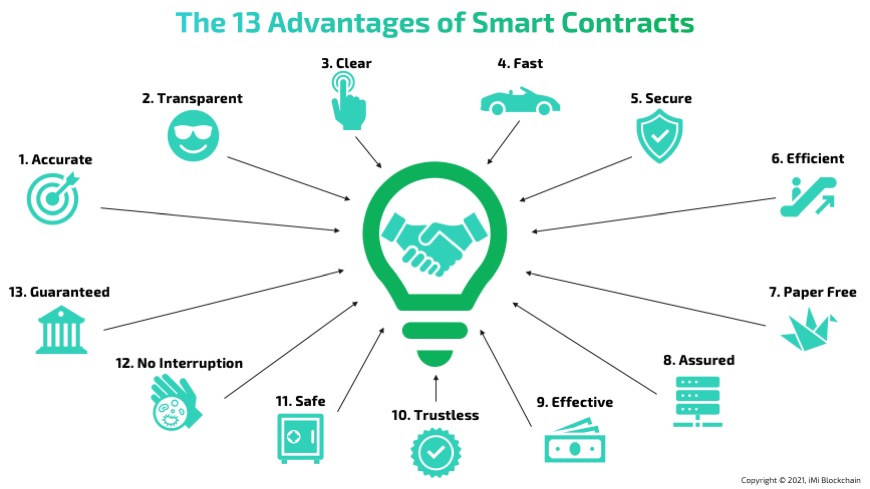
Share this Image on Your Site:
Key Components of Blockchain Technology
Here’s a breakdown of key components and how blockchain technology works:
- Keys: Just like how you have a password for your email, blockchain has something similar. There are public keys (like your email address) and private keys (like your secret password). These keys make sure everything is safe and only you can access your stuff.
- Shared Notebook: Instead of having one notebook that one person owns, everyone in the blockchain network has a copy. This means everyone checks and agrees on what’s written. This shared notebook is called a “distributed ledger”.
- No Central Boss: Because everyone shares the notebook, there’s no need for a main computer in charge. Everyone’s computer works together to check and approve new entries.
- Platforms: There are places online, like Hyperledger Fabric or Ethereum, where people can build their own blockchain system. It’s like building a game or app on a platform.
- Digital Wallets: Imagine a wallet in your computer or phone where you keep digital coins or information. This wallet works with those keys we talked about to keep everything safe.
So, it’s like a super safe and shared digital notebook that lots of people use and agree on. Cool, right?
Importance of Public Key Cryptography
Ever heard of public key cryptography? It’s like a secret code system used in blockchain. Think of it as using two keys – one public and one private – to keep data safe. It’s like having a special lock and key for your secrets. This system helps make sure only the right people can see or change the data. So, when people use digital money like Bitcoin, this system helps keep everything safe and sound. In short, it’s a big part of why block chaining can be trusted!
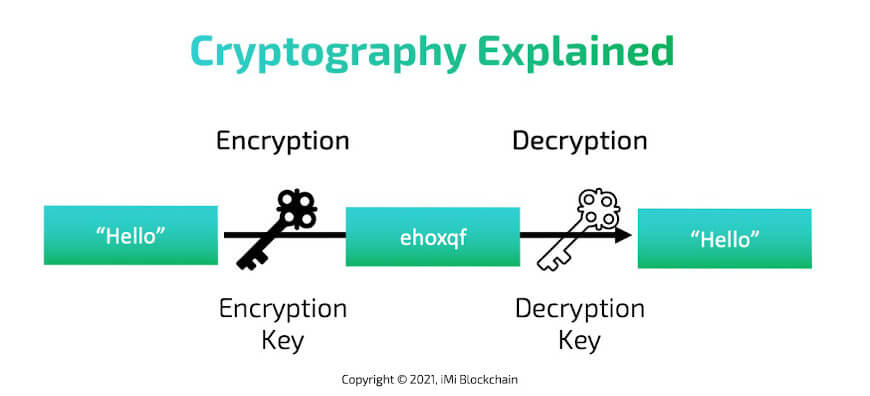
Share this Image on Your Site:
The Consensus Mechanism Explained
Have you ever heard about how blockchains make decisions? It’s all thanks to something called consensus methods, also known as consensus mechanisms. Think of it like a group of friends trying to decide on a place to eat – everyone needs to agree! In the tech world, these rules help everyone agree on what’s valid and what’s not. Some ways blockchains do this include methods like “proof of work” or “proof of stake”.
Imagine a club where only members can join and make decisions – that’s kind of like a special type called a permissioned blockchain. These decision-making rules, or consensus methods, are super important because they make sure that cryptocurrency transactions and other activities are safe and fair for everyone in the blockchain ledger.
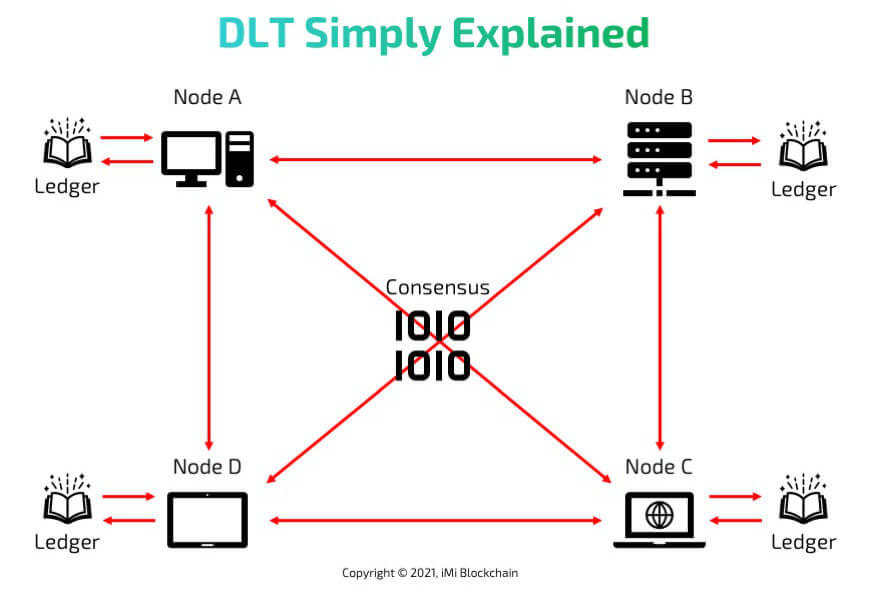
Share this Image on Your Site:
How is Blockchain Different from Traditional Databases?
Blockchain is like a digital ledger where data is stored in blocks, linked in a chain. Unlike traditional databases, once data is added to the blockchain network, it can’t be changed. Everyone can see the chain, making it transparent and secure from tampering.
What Does the Future Hold for Blockchain Networks?
Do you know how the internet changed the way we do so many things? Blockchain might be the next big thing like that. It’s a special technology that helps us keep track of stuff in a safe way, especially in the growing field of the Internet of Things. People are finding new uses for it in things like banking, shopping, and even health care. As more people start using it, businesses will have to learn about it to keep up with the ever-evolving world of financial services. So, if you want to know what’s new and cool in the future, keep an eye on blockchain applications!
Conclusion
So, a blockchain network is like a digital notebook that keeps safe notes on different things. Because it’s not controlled by just one person, it’s hard for anyone to cheat or make fake notes. Many businesses, like banks or stores, use it to keep track of what they do. But, it’s not perfect. Some people worry it uses too much electricity or might get too big to handle. Still, as more people work on it, blockchain networks can help many areas in new ways.
If you like to learn more about block chaining, and the implementation of a blockchain system, or if you are in need of implementing a blockchain network but you have a lack of know-how, then don’t hesitate to contact one of the experts at iMi Blockchain. We are happy to help you wherever needed.
Get free DLT Tips!
Get monthly tips on how DLT can help your business.
On top, you’ll get our free blockchain beginners course right away.

